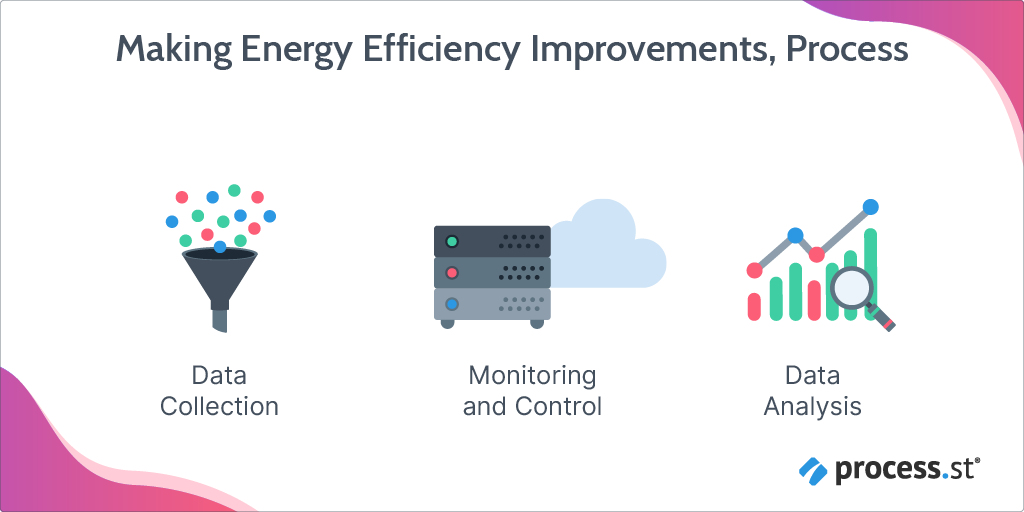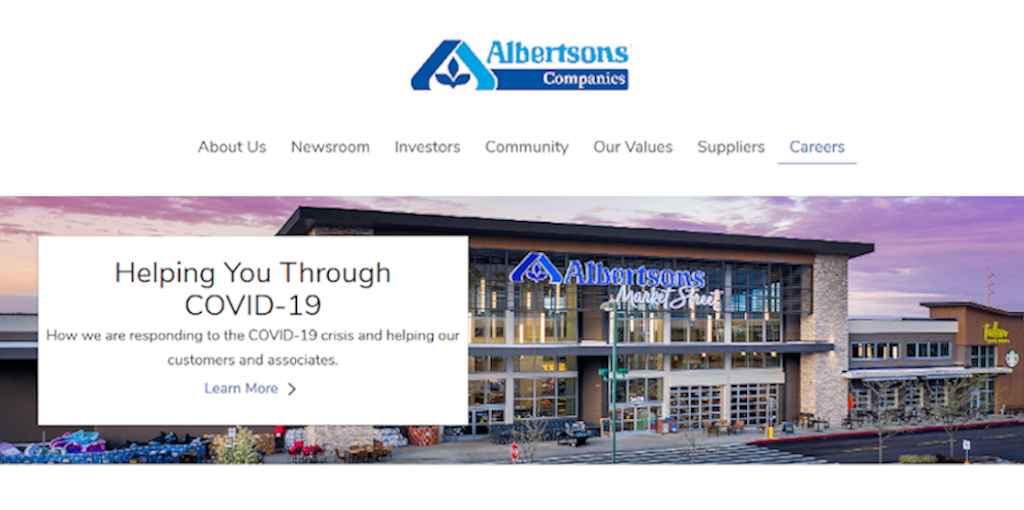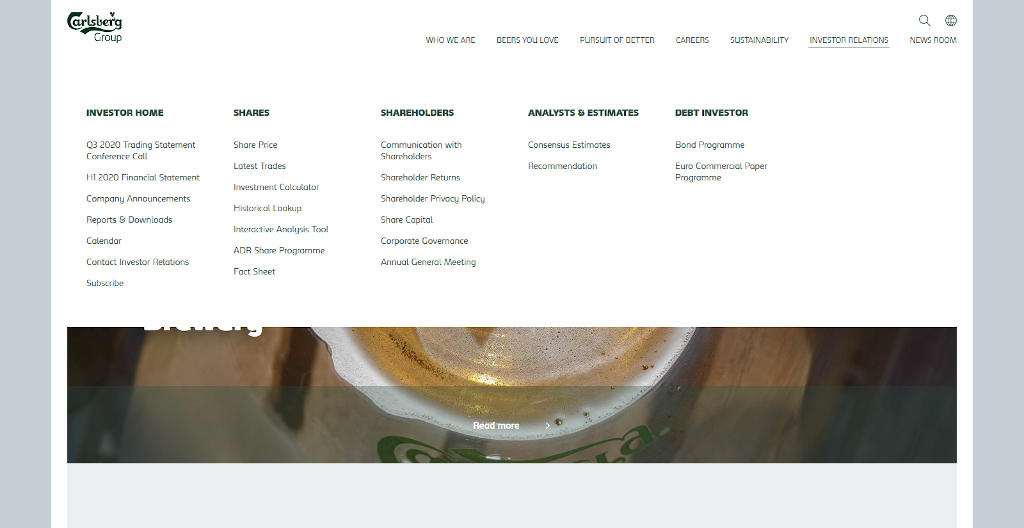

I was in the middle of a power cut, and the teabag floated despondently in a sad, mottled brew. In the confusion, I’d allowed the beverage to cool for far too long. All of that precious energy transferred to raise the temperature of the kettle to boiling point, gone to waste, and there was nothing I could do about it.
This is an example of poor energy management on my part.
As I sulked over the absence of my morning brew, it did get me thinking, would society ever face these kinds of energy management problems, like I easily had?
Some of you may have already experienced, say, aggravating waits in lines for gasoline, or your pocketbooks taking a punch from inflation. But, energy problems – like a cold cup of tea – are not only personal, they permeate into society and our economy.
80% of U.S. energy comes from fossil fuels. According to BP’s Statistical Review of World Energy, we have 115 years of coal and roughly 50 years of oil and natural gas remaining. To compound this, we also need to leave ~80% of current fossil fuel reserves untouched if we stand a chance of meeting IPCC 1.5°C (34.7°F) warming targets.
Energy management is the process of tracking and optimizing energy consumption for your business. It’s a continuous process, easily implemented by following the correct procedure.
In this Process Street article, you’ll learn about best practices for energy management, how you can successfully manage energy in your business (and beyond), as well as how to adopt best energy management practices using a handy free checklist to help you save time and money.
Don’t cry over cold tea. Learn how to manage energy properly, for a healthier business and a healthier planet. Click on the relevant subheader below, or continue reading as you please:
Let’s not waste any more time, and get right into the basics of energy management.
Energy management is a framework combining management and technology to develop a proactive and integrated plan with the intention to better an organization’s energy performance. By energy performance, I mean reducing energy demands, energy wastage, and the need for finite energy sources for sustainable, continuous power.
By taking control of an organization’s energy use, to lower dependence on finite fossil fuels, energy management is a key component of carbon management. Similarly, carbon management is a key aspect of an organization’s overall environmental management system. All three are vitally important management processes for businesses today, each helping organizations navigate the pressures of our energy crisis, but this article focuses on energy management.
Energy management is a broad discipline, enveloping 3 separate concepts, namely:
Keep reading as we explore the above separate concepts of energy management, giving you easy tips and tricks on how to improve on each. Each concept works to target our energy problem from the root, for healthier businesses and a healthier planet.
As already mentioned, energy efficiency is doing more (or the same) using less energy.

The best way to maximize energy efficiency in your team or organization is by:
Improving energy efficiency is not an easy problem to solve; it requires innovative thinking and leveraging of advanced technology. Despite the potential barriers and bottlenecks, energy efficiency savings implemented at scale have the potential to yield gross energy savings worth more than $1.2 trillion for the U.S. economy, reducing energy demand by 23%.
Such reductions to energy demand are a by-product of improved energy efficiency, and such approaches work to mitigate the potential of a compounding, global energy crisis.
This has very real business implications. For example, a packaging company in this study invested $12,900 to make energy efficiency improvements. In the first year, the organization saved $38,700, with a payback of 3 months.
Due to the connectedness of energy management with carbon management – energy efficiency being a part of energy management – energy-efficient improvements also help organizations meet government C02 regulations.
Reducing energy wasted is a good starting point for maximizing energy efficiency. Conduct physical site inspections in unification with proactive Metering, Monitoring, and Targeting (MM&T).
“To measure is to know. If you cannot measure it, you cannot improve it” – Lord Kelvin (William Thomson)
The Carbon Trust revealed savings between 5-15% can be obtained via significantly reducing energy wasted using an effective MM&T system.
Impressive, but to be completely honest with you, this statistic didn’t surprise me.
You see, my housemates and I recently purchased a Geo Minim Energy Monitor. A smart meter that allows us to track our energy consumption (in £, C02 of kWh), actual power, C02 emissions, and room temperature. In essence, our Geo Minim Energy Monitor was our small-scale MM&T system. We could see times of day where we were using excessive amounts of energy and when/where our energy was wasted. We made investments to improve energy efficiency in our home, such as replacing the window seals to reduce draft. By tightening our control on energy consumption we pocketed monetary savings while also feeling good knowing we were taking an extra step for our planet.
Obviously, in an organizational setting applying the MM&T system for energy waste reduction is more complicated than our Minim delight, due to multiple energy inputs and outputs.
Below is a generic technology model. As you can see, the core of an MM&T system will be a software package – this could be a simple spreadsheet. The data input can come from a variety of sources, but a fixed meter (like our Geo Minim Energy Monitor) is the most common. An effective MM&T balances the practicality and cost of metering with the control and/or savings it may help deliver.
When analyzing energy usage it is important to look out for:
By measuring your energy usage, you can start to identify when and where energy is being wasted. From this, you can invest and apply new green tech solutions for a smarter and more efficient flow of energy through your business. For instance:

The California-based grocery store, Albertson Inc, was leading the way before the majority of companies jumped on the energy efficiency bandwagon. Off to a grand start, in 2006 the company announced savings of 1 billion kW in energy by reducing wasted energy and applying green tech solutions.
Technological upgrades included more efficient walk-in food coolers, variable-speed HVAC, and LED lighting throughout stores worldwide.
5,000 separate upgrade projects were completed. Using effective energy management procedures, Albertson’s Inc took full reigns in improving the company’s energy efficiency.
Energy conservation describes actions and behaviors that ensure energy is continuously available in a system. In essence, it is about changing behavior to use less energy altering the output.
For instance, I limit the amount of time I turn on the heating in my home to save energy. Energy is conserved at the expense of the output – my house is a little bit colder.
Another example would be when I head out for a long-distance run. To conserve my energy, I pace myself, cutting back on speed meaning I have enough energy to complete the run. Compare this to running efficiently, which requires good running technique (whereas the efficiency of my technique is dubious ♀️).
By conserving energy, less energy is used, and therefore energy conservation – like energy efficiency improvements – serves to:
Coming back to this final point – reduces energy demand to mitigate our global energy crisis – conserving energy inspires a societal paradigm shift in terms of how we view and use energy.
For instance, if you think about the term more is more – a catchphrase from a consumerist society with unimaginable plenty – where do you propose this dictum came from? Is it credited mainly to the post-modern architect Robert Venturis? Or fashion designer Gianfranco Ferre? Or the queen of blitz Dolly Parton?
Today, energy is demanded on a whim. Cold? – Turn up the dial. Hungry? – Grab something from the fridge. Want an adventure? – Jump in a car, or on a plane.
The metabolism of society seems to be out-of-sync with what our planet can support. We are starving our planet of finite energy resources, sapping up reserves like hyenas to a carcass.
More-is-more, more-is-better, more-is-success – it is this societal conviction that feeds our energy-crisis monster.
But what if less was more?
Energy conservation looks at changing behavior in a system to demand less energy, meaning less-is-more. A behavioral change and a shift in societal value addresses, and mitigates our energy crisis from the core. As such, energy conservation is vital for successful energy management, whether we are thinking on a global scale or at an organizational scale.
Simple ways you can conserve energy in the workplace include:
Energy conservation focuses on changing individualistic behavior. In an organizational setting, to conserve energy means to take responsibility for educating and promoting positive, sustainable behaviors in your team.
To help you do this, Process Street has created a Green Guides checklist. By following this checklist, your employees can access the environmental footprint for their energy use. They can track their activities, and set habits to better their sustainability performance. The aim is to reduce your team’s energy consumption to lower than 8 tonnes, in line with 2050 goals.

Before Process Street, I worked for the environmental testing laboratory ALS Environmental. The laboratory consistently looked for ways to reduce energy demand and conserve energy.
Communication in terms of making energy efficiency improvements and conserving energy was celebrated. For instance, the implementation of a SMART thermostat controlled the office room’s temperature. But, employees were allowed to adjust the temperature if they were feeling uncomfortable – i.e. during a particularly cold spell.
The winter of 2018 saw snow-blizzards and negative temperatures. Yet, rather than switch up the dial, because employees were taught the importance of energy conservation, we all decided to wear extra clothing to keep warm instead. Granted, this did result in me typing in a pair of gloves, but I knew conserving energy was important and I was happy to play my part.
Renewable energy sources include solar, wind, hydropower, geothermal, and biomass energy.
Renewable energy sources are finite. They lie in fine-tuning with the Earth’s natural energy cycles. In comparison, fossil fuels short-circuit an otherwise natural rhythm. To extract, we tap into carbon stores that would otherwise take millions of years to expel as atmospheric CO2 via volcanic activity.
Powering our economies in this way has caused significant rises in greenhouse gases Carbon Dioxide, Methane, and Nitrous Oxide. And the projected consequences aren’t looking good.

Energy management via improving energy efficiency and conserving energy gives the technological and behavioral advancements needed to move into an alternative, greener future, supporting businesses, and our economy. These 2 concepts help mitigate our global energy crisis. Moving on, where does renewable energy come to play?
Building on this latter point, let’s think about the state of the U.S. today in terms of its primary energy consumption by energy source. In 2019, 37% of the economy was powered by petroleum, 32% by natural gas, and 11% by coal. These are all finite fossil fuel reserves, and it is this demand distribution that has put us in our current energy-mess.
Once more, by exacerbating climate change, fossil fuel use poses a substantial economic threat, with the impacts of climate change projected to cost the U.S. economy ~$23 trillion under the current trajectory of warming and extreme weather events.
In summary, renewable energy lends us an arm, to pull us from a torrent caused by malicious fossil fuel extraction. Fossil fuels are not a sustainable source of energy. The economic benefits they bring are short-term and a facade, as the damaging impacts of their use linger on the horizon.
On a smaller scale though, what are the direct benefits of renewable energy?
I have listed the top 4 ways businesses benefit from renewable energy use below:
You can directly use renewable energy sources by installing renewable energy technology for your business. However, not all organizations have the cash-flow to make this initial investment. Luckily there are less direct and cheaper ways organizations can install renewable energy for their business.
For one, you can switch to a green energy supplier such as Good Energy, Suzlon, and REG.
Second, you can buy shares in companies producing renewable energy power. However, as most renewable energy companies are not listed in the stock market, looking into investment trusts and investing in a portfolio of renewable energy shares is your best bet. Some popular renewable energy trusts include Aquila European Renewables Income Fund PLC; US Solar Fund; Foresight Solar Fund Limited and Greencoat UK Wind. Spend time to have a look around for an investment trust that’s right for you.

The drinks manufacturer Carlsberg has a goal to source 100% renewable electricity at its breweries by 2022. In 2018, 29 breweries in Western Europe used 100% renewable energy for the first time.
One initiative used 8,000 solar panels at a site in China, which met up to 20% of the Brewery’s energy needs. By investing in renewable energy, Carlsburg is creating a self-sustaining organization, one that is protected from and separated from the impacts of our energy crisis.
An energy management plan is a broad-reaching document that serves as a long-term planning resource, to guide an organization towards securing a cost-effective and a sustainable energy future.
Run our Quarterly Energy Management Plan Template to continuously access your energy consumption: To reduce carbon emissions, to improve energy efficiency, to conserve energy, and to invest appropriately into renewables.
By following this checklist, you can apply effective advice given by experts, to help your business or line of work take action and reduce energy demand and carbon emissions.
Our energy crisis, paralleled by our environmental crisis, places a stranglehold on societal and economic development. Without adaptation, innovation, and change, we are in for a bumpy ride.
However, despair doesn’t inspire resolution. Energy management acts as a solution for a smooth transition into a more sustainable economy, and mitigates the impacts of energy-shortages and climate change. Once more, direct monetary benefits are given to help organizations thrive today.
Time is of the essence. Adapt to survive. Take control of your energy demands.
How do you manage energy in your business? Do you invest in renewable energy? How do you conserve energy? How do you improve energy efficiency? Please comment below as we would love to hear from you. Who knows, you may even get featured in an upcoming article!